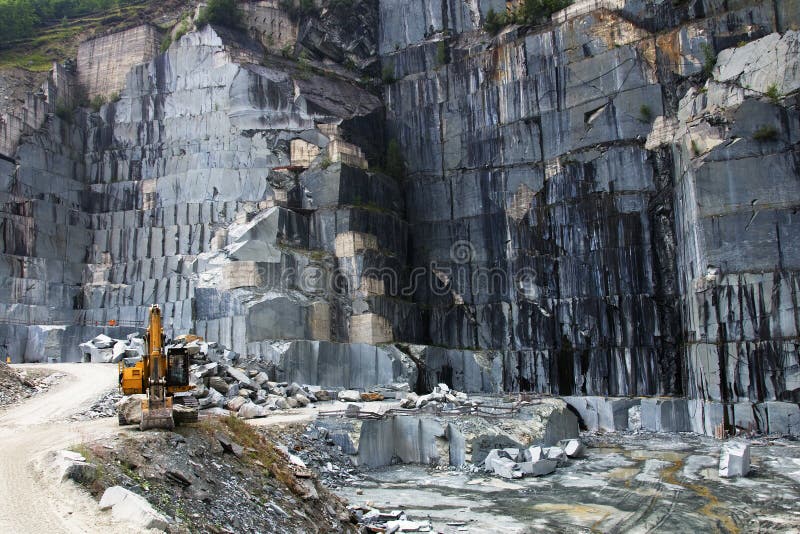Journeying With Granite Quarries in South Africa: A Visual Odyssey
Journeying With Granite Quarries in South Africa: A Visual Odyssey
Blog Article
Revealing the Mysteries of Granite Quarrying: Where Strength and Sophistication Meet
The world of granite quarrying is a realm where the raw stamina of nature merges with human artistry to develop structures that stand the test of time with an air of elegance. From the depths of quarries to the thorough polishing in workshops, the procedure of changing granite right into building wonders is a complicated dance of tradition and innovation. As we peer right into the depths of this old craft, we begin to uncover the surprise ins and outs that form the very essence of our developed atmosphere.
The Beginnings of Granite Quarrying
In the record of building background, the beginnings of granite quarrying are shrouded in a tapestry of old craftsmanship and geological wonders. Going back to ancient Egypt and Mesopotamia, the extraction of granite from quarries marked the start of a journey that would ultimately bring about the creation of some of the world's most famous frameworks.
Granite quarrying's origins can be mapped to the competent artisans who acknowledged the stone's longevity and aesthetic appeal. Through a mix of primitive devices and sheer determination, these early quarry employees uncovered granite blocks that would certainly come to be the structure blocks of civilizations.
As human beings advanced, so did the strategies of quarrying granite. The Romans, renowned for their design expertise, developed advanced techniques for extracting granite to create monoliths, holy places, and roads that stood the examination of time.
The legacy of these old quarrying techniques proceeds to shape contemporary design, with granite remaining a symbol of toughness and beauty in building and construction tasks around the world. (granite quarries in south africa)
Tools of the Quarrying Profession
The advancement of granite quarrying methods from old human beings to modern times highlights the crucial duty played by the devices of the quarrying sell forming the industry's practices. In old times, quarrying devices were basic, often consisting of blades, hammers, and wedges made from materials like bronze or iron. These tools required considerable workforce and time to remove granite blocks from quarries.

In addition, the introduction of pneumatically-driven devices and high-powered equipment has actually significantly minimized the physical labor required in quarrying procedures, boosting worker safety and security and productivity. As the quarrying industry remains to innovate, the tools of the profession stay at the leading edge of driving progress and forming the future of granite removal.
Removing Blocks of Granite
Making use of accuracy equipment and progressed methods, the extraction of granite blocks from quarries has actually become an innovative procedure in the modern-day quarrying market. The preliminary action includes identifying the area and size of the granite deposit to establish the most effective removal technique. Once an ideal website is chosen, the extraction procedure starts with the exploration of holes for the positioning of dynamites. Regulated blasting techniques are after that utilized to damage apart the granite right into manageable sections.

Polishing and Finishing Strategies
To attain a flawless surface on granite blocks, competent artisans use a collection of precise sprucing up and ending up methods. After the preliminary removal and forming processes, the granite blocks undertake an extensive polishing phase to improve their natural appeal and resilience. One typical method used in polishing granite is diamond abrasion, where industrial diamonds are made use of to grind and polish the rock to a smooth coating. This procedure not just develops a shiny surface yet additionally ensures uniformity in shade and appearance across the granite block.
Along with polishing, ending up strategies are used to further fine-tune the granite's look. These techniques might consist of flaming, refining, or cleaning, each offering special appearances and surfaces to suit various aesthetic preferences. Flaming, for instance, involves revealing the granite surface to heats to produce a rough, distinctive finish, suitable for exterior applications where slip-resistance is important. Honing, on the various other hand, offers a matte finish that is smooth to the touch, excellent for indoor counter tops and flooring. By carefully choosing and using these brightening and ending up methods, craftsmens can transform raw granite obstructs right into splendid pieces that showcase both stamina and beauty.

Environmental Effect and Sustainability
With the this growing emphasis on ecological awareness in the sector, granite quarrying techniques are significantly looked at for their impact on natural deposits and lasting sustainability. Quarrying for granite can have substantial ecological effects. The extraction procedure typically involves using hefty equipment, explosives, and huge amounts of water, leading to habitat destruction, dirt erosion, and water pollution. Furthermore, the transportation of granite from quarries to processing centers creates carbon discharges, even more contributing to environmental deterioration. granite quarries in south africa.
To alleviate these influences and make certain sustainability in granite quarrying, industry stakeholders are adopting various procedures. Applying innovative modern technologies to reduce energy consumption and water usage, reclaiming quarried land for ecological restoration, and promoting responsible sourcing practices are some strategies being employed. Qualifications such as the Woodland Stewardship Council (FSC) and the Leadership in Energy and Environmental Design (LEED) aid customers identify ecologically pleasant granite products.
Conclusion
In final thought, granite quarrying is a process that needs specialized devices and techniques to extract blocks of granite and polish them to read a high degree of finish. While the ecological effect of quarrying can be substantial, initiatives are being made to enhance sustainability practices in the sector. Generally, granite quarrying is a delicate balance between utilizing the strength and beauty of this all-natural stone while lessening its influence on the atmosphere.
Report this page